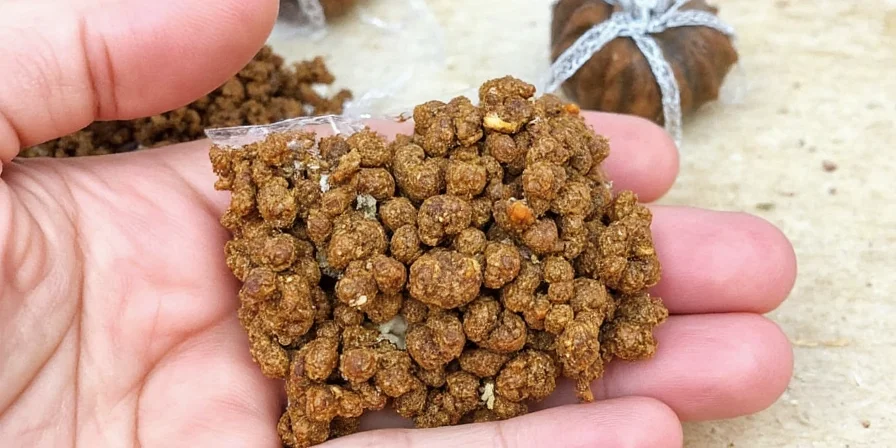
No, allspice is not a blend of spices - it's a single berry from the Pimenta dioica tree that naturally mimics cinnamon, clove, and nutmeg flavors. This common misconception arises because its complex chemical profile creates an aroma virtually identical to these combined spices. Here's what you need to know to use allspice correctly in your cooking.
This guide cuts through the confusion with practical usage tips, authentic substitutes, and storage methods backed by food science - everything home cooks need to master this versatile Caribbean spice.
How Allspice Got Its Misleading Name
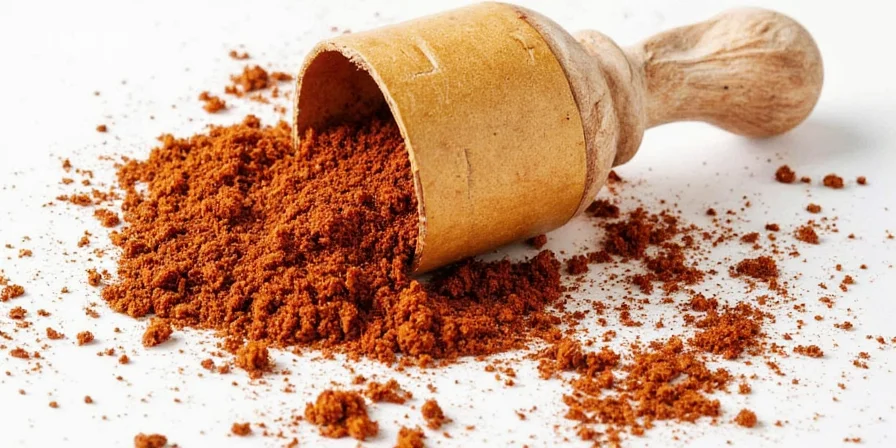
Allspice originates from Jamaica, where indigenous Taíno people used it for centuries before Spanish explorers mistakenly believed it was a spice blend. They named it "pimienta" (pepper) due to its appearance, but English traders later called it "allspice" because its flavor resembled multiple spices. Despite the name, it remains a single-ingredient spice derived exclusively from dried Pimenta dioica berries.
What Allspice Actually Contains
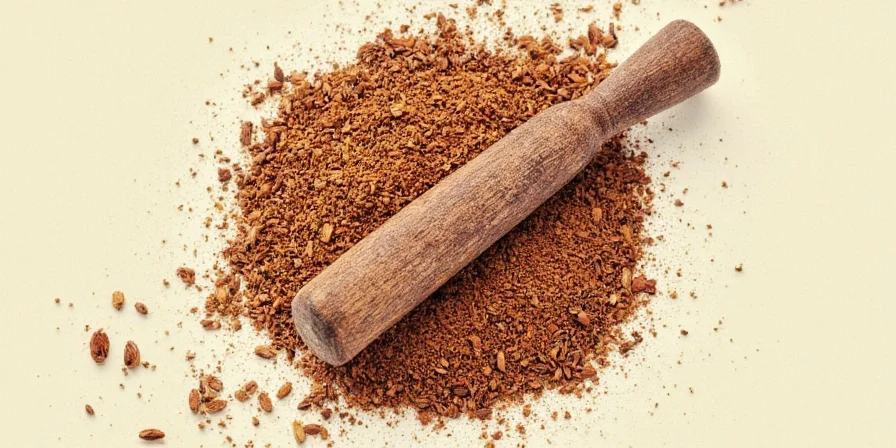
Allspice contains only one ingredient: the dried unripe berries of the Pimenta dioica tree. Available in two forms:
- Whole berries: Dried green berries harvested before ripening
- Ground allspice: Freshly ground whole berries (not a spice blend)
That's the complete ingredient list - no additives, no blending. The magic happens through natural chemistry within each berry.
Why It Tastes Like Multiple Spices (The Simple Explanation)

Allspice contains four key compounds that individually mimic other spices. Here's what makes it work:
| Compound | Creates Flavor Of | Also Found In |
|---|---|---|
| Eugenol (70-90%) | Clove | Cloves, cinnamon |
| Caryophyllene | Black pepper | Peppercorns, oregano |
| Linalool | Floral notes | Lavender, basil |
| Myrcene | Earthy base | Thyme, hops |
When combined in the berry, these compounds create a synergistic effect that tastes like cinnamon, clove, and nutmeg together - but it's 100% single-origin.
Practical Ways to Use Allspice Correctly

Professional chefs use allspice in these specific ways:
- In baking: Use 1/4 teaspoon per cup of flour in pumpkin bread, gingerbread, or apple pie for depth without overpowering
- For meats: Add 1 teaspoon to barbecue rubs or 1/2 teaspoon to meatloaf for subtle warmth (avoid overuse - it becomes medicinal)
- In beverages: Simmer 2 whole berries in mulled wine or cider for 20 minutes, then remove before serving
- With chocolate: Pinch in brownie batter enhances richness without adding sweetness
Pro tip: Whole berries maintain flavor for 4 years; grind only what you need for maximum potency.
Best Allspice Substitutes When You're Out
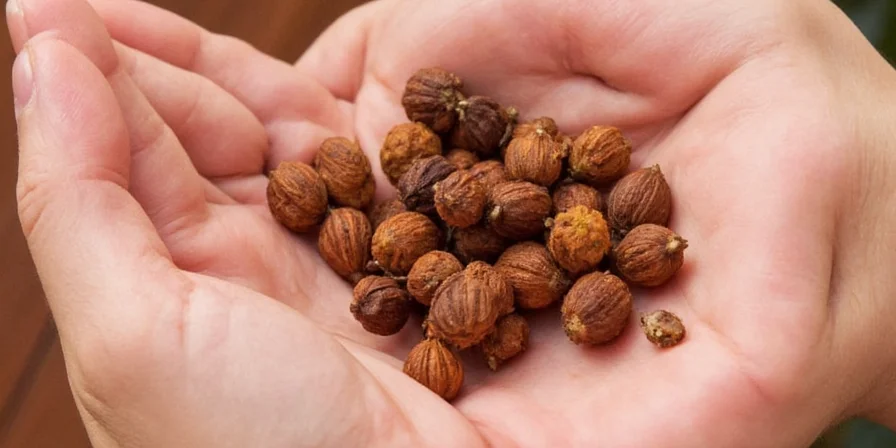
When you need allspice immediately, try these kitchen-tested alternatives:
- Clove-cinnamon mix: 1/2 tsp cinnamon + 1/4 tsp ground cloves (best for baking)
- Nutmeg alternative: 1/4 tsp nutmeg + 1/4 tsp cinnamon (milder for delicate dishes)
- Pumpkin pie spice: Use 3/4 tsp per 1 tsp allspice (contains pre-mixed allspice)
- For jerk seasoning: Omit allspice but increase thyme and scotch bonnet peppers
Important: Never substitute equal parts cloves - this creates an overpowering medicinal flavor. Allspice is significantly milder than pure clove.
How to Store Allspice for Maximum Freshness
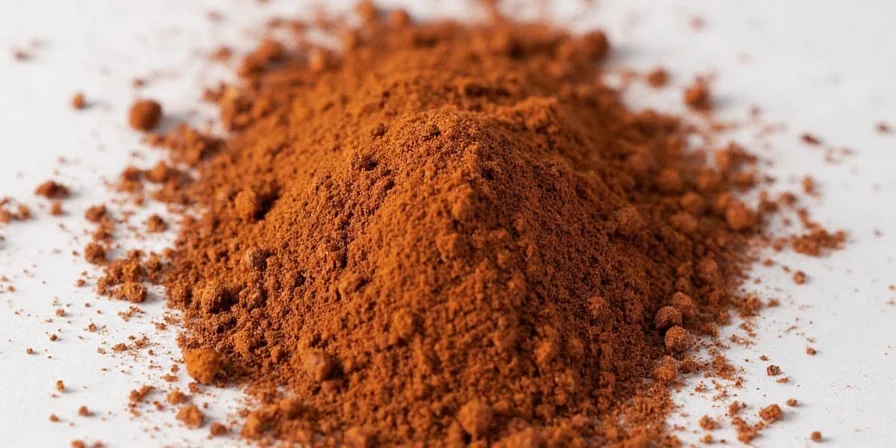
To preserve allspice's complex flavor:
- Store whole berries in airtight glass container away from light
- Keep in a cool, dark place (not next to the stove!)
- Grind only what you need - pre-ground loses potency in 6 months
- Freeze whole berries for long-term storage (up to 5 years)
Fresh allspice should have a strong, sweet aroma. If it smells musty or faint, it's time to replace.
Surprising Allspice Facts Every Cook Should Know

- Jamaican allspice has 30% more eugenol than Mexican varieties, making it spicier
- The leaves are also used for cooking - they impart similar flavor when used fresh
- Allspice wood is traditional for smoking jerk chicken in Jamaica
- It's technically a berry, not a seed or root like most spices
- Properly stored whole berries can last over 4 years without flavor loss
Key Takeaways for Home Cooks
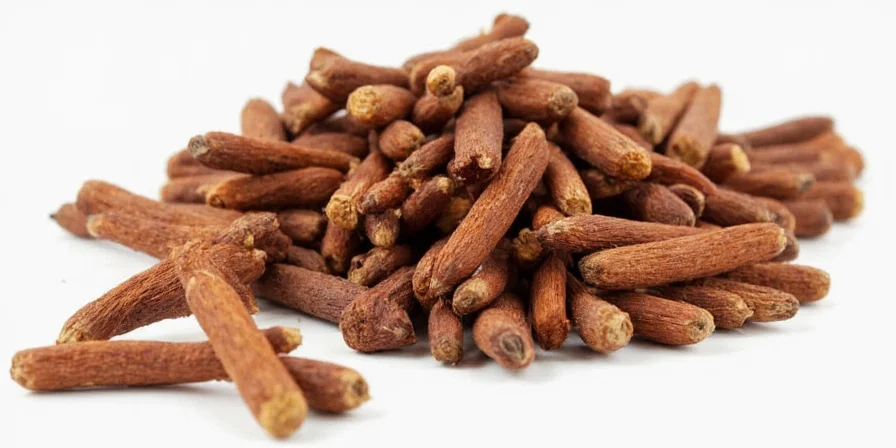
Remember: allspice is a single spice that naturally combines multiple flavors through its unique chemistry. Keep these essentials in mind:
- It's not a blend - just one versatile berry
- Whole berries stay fresh 4x longer than ground
- Use half the amount you'd use for cloves to avoid overpowering dishes
- The eugenol content makes it perfect for balancing sweet and savory
- Store away from heat and light to preserve complex flavor profile
Master these basics and you'll unlock allspice's full potential in everything from holiday baking to Caribbean grilling.
Frequently Asked Questions About Allspice
Is allspice actually a blend of multiple spices?
No, allspice is a single spice made exclusively from dried Pimenta dioica berries. Its natural chemical composition creates flavors resembling cinnamon, cloves, and nutmeg combined.
Why does my allspice lose potency faster than other spices?
Ground allspice contains volatile oils that degrade quickly when exposed to air. Whole berries protect these oils - store them in an airtight container away from light for maximum shelf life.
Can I use pumpkin pie spice instead of allspice?
Yes, but use 3/4 teaspoon pumpkin pie spice per 1 teaspoon allspice. Remember that pumpkin pie spice already contains allspice plus cinnamon, ginger, and nutmeg.
What's the difference between Jamaican and Mexican allspice?
Jamaican allspice has higher eugenol content (70-90%) creating stronger clove notes, while Mexican varieties contain more caryophyllene for peppery undertones. Both come from the same plant but differ due to growing conditions.
How much allspice should I use in recipes?
Start with 1/4 teaspoon per serving. It's potent - too much creates a medicinal flavor. Whole berries should be removed before serving as they remain hard when cooked.

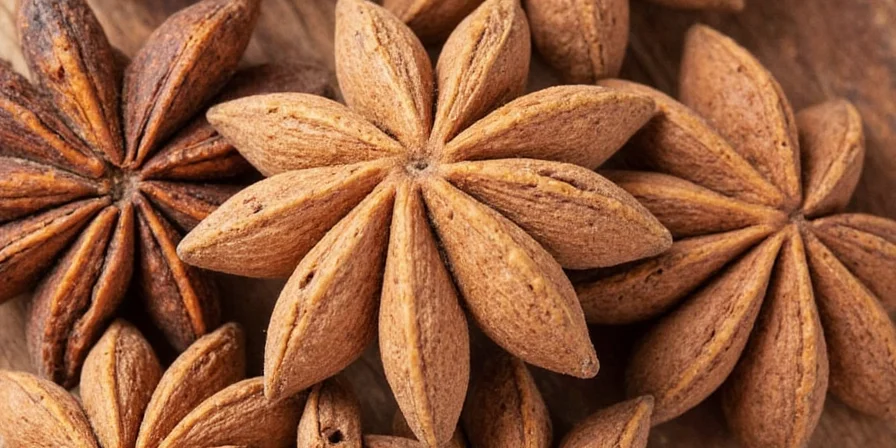









 浙公网安备
33010002000092号
浙公网安备
33010002000092号 浙B2-20120091-4
浙B2-20120091-4